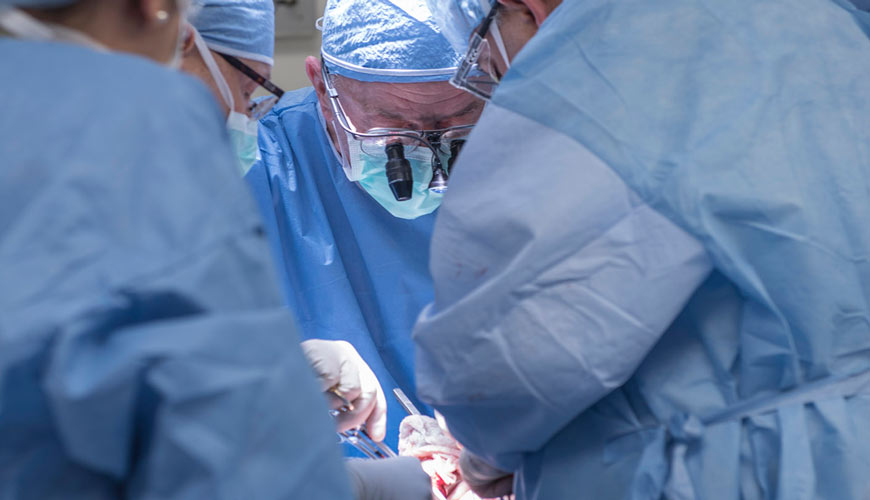
The First American Woman To Receive A Transplanted Uterus Had To Have It Removed
Dr. Pari was featured as a guest contributor in the article below, originally posted for SELF by Korin Miller.
Just days after the Cleveland Clinic held a press conference hailing the first U.S. uterus transplant as a success, the organization announced that the transplant failed due to a sudden complication. “We are saddened to share that our patient, Lindsey, recently experienced a sudden complication that led to the removal of her transplanted uterus,” the Cleveland Clinic said in a press release Wednesday. “At this time, the circumstance of the complication is under review and more information will be shared as it becomes available.”
Lindsey, whose last name has not been revealed, also released a statement expressing her “gratitude” to her doctors. “They acted very quickly to ensure my health and safety,” she said.
SELF reached out to the Cleveland Clinic, but officials are waiting for pathology reports to come back before they talk publicly about the operation.
Lindsey, 26, was born without a uterus and said in Monday’s press conference that she was devastated to learn as a teenager that she would never be able to get pregnant. She and her husband Blake adopted three boys, but she still hoped to carry her own biological child. The plan was for Lindsey to wait a year after the transplant and then undergo IVF to try to get pregnant. Once she was finished having biological children, the uterus would be removed.
Lindsey is one of 10 women with healthy ovaries who were chosen to participate in the trial program, which Cleveland Clinic says it plans to continue “with a commitment to the advancement of medical research to provide an additional option for women and their families.”
Unfortunately, organ rejection is always a risk with a procedure such as this, says board-certified ob/gyn Pari Ghodsi, M.D. While there haven’t been enough uterine transplants to give a statistical number on them, Ghodsi notes that it really varies by organ. For example, up to 45 percent of heart transplants are rejected, while up to 14 percent of kidneys don’t take.
However, uterus transplants can work—several transplants have taken place in Sweden, and a healthy baby was born to a uterus transplant recipient in 2014
Jason James, M.D., medical director at Miami’s FemCare Ob-Gyn, says he’s not surprised that the transplant didn’t work, but says he’s “certainly disappointed.”
“There are so many factors involved in organ transplant rejection, such as infection and immunology, that rejection is clearly a complication the doctors need to monitor for,” he says.
When a person receives a donated organ, the recipient’s immune system usually recognizes that organ as foreign, which triggers a rejection reaction in the recipient’s body, explains women’s health expert Jennifer Wider, M.D. To lower the chances that this will occur, doctors will try to match the tissue types between the donor and patient. “Usually, the more similar, the lower chances are of rejection,” Wider says.
However, the matches aren’t usually perfect since no two people (with the exception of identical twins) have identical tissue types.
To lower the risk that a patient’s body will reject a new organ, doctors will give the patient anti-rejection medication, usually for as long as the organ will be in that person’s body. “This is why there was discussion of removing the uterus once the desired number of pregnancies was reached—so the recipient would not have to be on these drugs for life,” says James.
The Cleveland Clinic did not confirm that rejection was the source of Lindsey’s complications, and there are a host of other potential complications that can arise with a major surgical procedure such as this, says James, especially since this took nine hours. “Since this is a major surgery, there is a risk for many types of post-operative complications, like respiratory issues, pulmonary embolism, and renal failure,” he says.
Wider says flu-like symptoms—chills, body aches, nausea, pain or swelling in the area, and occasionally a fever—are signs that things aren’t going well with the organ. Doctors were also likely monitoring the uterus through ultrasounds, CT scans, or Doppler blood flow monitoring to see how it was functioning after the transplant, James says.
Unfortunately, Lindsey may not get another chance: The experts we spoke to agree—it’s hard to say whether she will be able to try again since there are so many factors that go into the transplant itself.